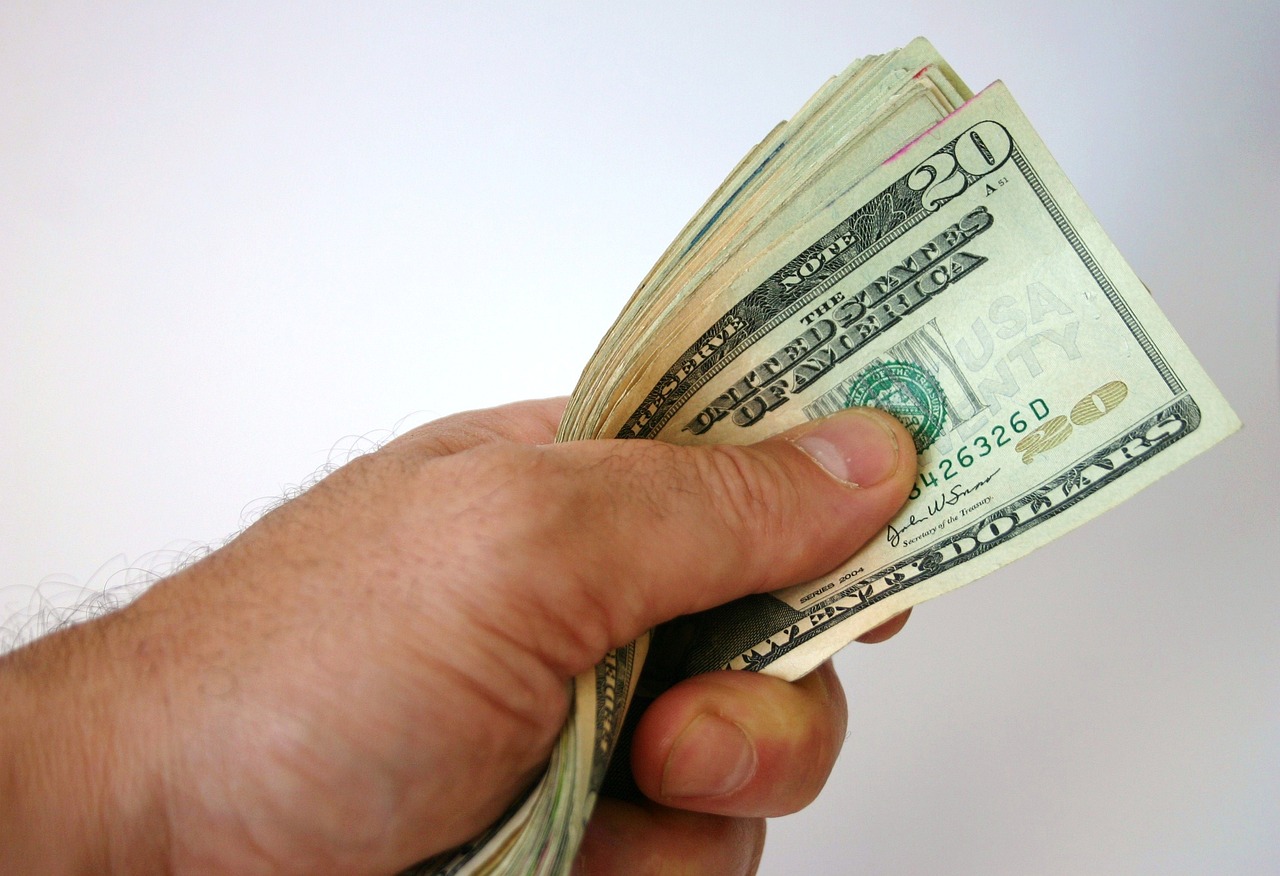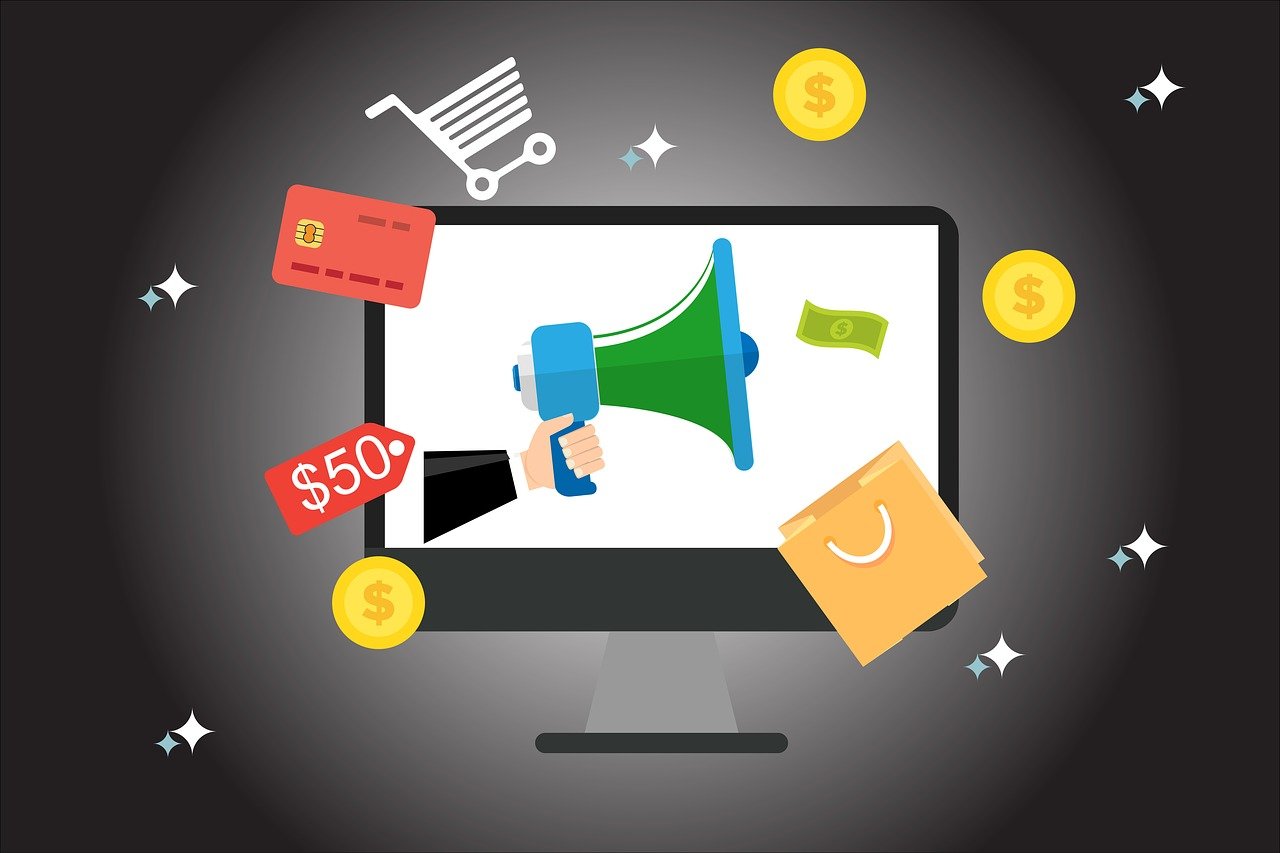Everything You Need to Know About Apple Pay: Protection, Transactions, Limits, and Privacy Features for Sending Money
GPT_Global - 2025-08-18 02:30:04.0 12
How does Apple Pay protect my financial data when sending money?
Apple Pay has revolutionized the way we send money, making financial transactions faster and more secure. When sending money, Apple Pay utilizes multiple layers of security to protect your financial data. The first line of defense is the use of tokenization. Rather than storing or transmitting your actual credit card or bank account number, Apple Pay uses a unique token for each transaction. This ensures that sensitive data is never exposed.
Additionally, Apple Pay leverages device-specific security features, such as Face ID, Touch ID, or a secure passcode, to verify the identity of the user before authorizing any payment. This extra layer of authentication ensures that only the authorized individual can make payments, even if the phone is lost or stolen.
Moreover, Apple Pay uses end-to-end encryption to protect the communication between the user and the financial institution. This means that any data exchanged during the transaction is scrambled and can only be decrypted by the intended recipient, adding another layer of protection.
In conclusion, Apple Pay employs a combination of tokenization, biometric authentication, and encryption to ensure that your financial information remains safe while sending money. This advanced security makes it a reliable option for users in the remittance business.

Can I send money to an Apple Pay account without using a credit card?
Apple Pay is one of the most popular digital payment platforms, making it easy to send and receive money quickly. Many people wonder if they can send money to an Apple Pay account without using a credit card. The short answer is yes. You can use other payment methods to send money via Apple Pay, such as a linked bank account or debit card.
To send money to an Apple Pay account, you will first need to add a payment method. Instead of a credit card, you can link a debit card or a bank account directly to your Apple Pay account. This can be done through the Apple Wallet app, making the process seamless for users who prefer not to use a credit card.
For remittance businesses, this option provides a more flexible solution for sending funds internationally. It opens up a wider range of payment methods for customers who may not have access to credit cards, thus broadening the customer base. In conclusion, you don't need a credit card to send money to an Apple Pay account, making it a versatile tool for financial transactions.
How do I know if a recipient has received the money I sent via Apple Pay?
When sending money via Apple Pay, it’s important to confirm that your recipient has received the funds. Apple Pay makes it easy to send money, but sometimes, you may want to ensure the transaction was successful.
One of the simplest ways to verify is by checking your transaction history. Open the Wallet app, select the Apple Pay transaction, and look for confirmation that the payment has been processed. You’ll typically see a "Completed" status next to the transaction. If the recipient hasn’t accepted the payment, you’ll notice the status as "Pending."
Another method is to ask the recipient directly. They can check their Apple Pay balance or their linked bank account to confirm if the payment was received. In case of any issues, Apple Pay provides customer support for troubleshooting.
Lastly, keep in mind that transactions can sometimes take time, especially if it's an international transfer. Always ensure you have the correct contact information for the recipient, and keep track of your payments for any updates or issues.
Can I transfer money using Apple Pay to pay for goods or services?
Apple Pay has revolutionized the way we make payments, offering a seamless, secure, and convenient option for transferring money. But can you use Apple Pay to pay for goods or services in your remittance business? The answer is yes, and it's a game-changer for global transactions.
Apple Pay allows users to link their credit or debit cards to their Apple Wallet, enabling them to send money directly to businesses or individuals with just a tap on their device. For remittance businesses, this means faster, more efficient transactions, especially for clients who prefer using their mobile devices.
One of the key benefits of using Apple Pay for remittances is its focus on security. Transactions are encrypted and require Face ID, Touch ID, or a passcode for verification, ensuring your money is safe. Additionally, Apple Pay eliminates the need for carrying physical cash or cards, reducing the risk of fraud or theft.
Incorporating Apple Pay into your remittance services can attract tech-savvy clients who prefer easy, on-the-go payment methods. Offering this option helps streamline payments and positions your business as modern and customer-focused, setting you apart in a competitive market.
What are the privacy features of Apple Pay when transferring money?
Apple Pay is a widely used digital payment platform, renowned for its advanced security features, especially when transferring money. When sending money through Apple Pay, the platform ensures that your transaction details are kept private and secure. It uses advanced encryption methods to protect your payment information, preventing unauthorized access.
One of the key privacy features of Apple Pay is its use of tokenization. Instead of transmitting your credit card details, Apple Pay uses a unique identifier for each transaction, meaning your sensitive data is not shared with merchants. This minimizes the risk of fraud.
Furthermore, Apple Pay leverages biometric authentication like Face ID or Touch ID, ensuring that only you can authorize payments. This makes unauthorized transfers nearly impossible. Additionally, Apple does not store transaction details on its servers, which adds another layer of privacy.
For businesses in the remittance industry, offering Apple Pay as a payment option assures customers that their money transfers are not only quick but also secure and private. Trust in the privacy of Apple Pay can significantly enhance customer confidence in your services.
How do I dispute a transaction or request a refund on Apple Pay?
Here’s a draft SEO article for your topic: ---When using Apple Pay for remittances or purchases, you might occasionally encounter an incorrect charge. If this happens, it’s important to know how to dispute a transaction or request a refund. Apple Pay itself does not process payments; instead, it works with your bank or card issuer. This means that any dispute must go directly through your financial institution, not Apple.
To begin, open the Wallet app on your iPhone and locate the specific Apple Pay transaction. Tap the charge, then select “Report an Issue.” You will be directed to your bank’s or card issuer’s customer support. Here, you can explain the situation, whether it’s an unauthorized charge, duplicate payment, or incorrect amount. Most issuers have clear refund policies and will investigate promptly.
For remittance users, disputing a transaction ensures your money is protected during cross-border transfers. Quick action is vital, as some banks impose time limits for filing disputes. Always keep receipts, transfer details, and communication records to strengthen your claim. By knowing how to navigate Apple Pay refunds, you safeguard your remittance transactions and ensure peace of mind when sending money abroad.
Are there any limits on how many transactions I can make using Apple Pay for money transfers?
Apple Pay is a popular method for transferring money, thanks to its ease of use and security. However, like most financial services, there are some limits on how many transactions you can make. These limits may vary depending on the country, your bank, and the type of transfer. For example, Apple Pay’s daily transaction limit for money transfers is typically set at $10,000 in the U.S., but this can differ for international transfers.
In addition to transaction limits, your bank may also impose restrictions based on your account’s status, the amount of money involved, or your transaction history. For frequent users of Apple Pay, it is essential to keep track of these limits to avoid interruptions in money transfers. If you reach your limit, you can wait for the limit to reset the next day or contact your bank for additional support or increased limits.
For businesses in the remittance industry, understanding these transaction limits is crucial to provide reliable and transparent services to customers. Informing your clients about potential limitations when using Apple Pay for money transfers can improve their experience and reduce unexpected issues.
Can I transfer money using Apple Pay if I don’t have an Apple device?
Apple Pay is a widely recognized and convenient way to send money, but many wonder if it's possible to use this service without an Apple device. Unfortunately, Apple Pay is designed to work exclusively with Apple products such as iPhones, iPads, Apple Watches, and Macs. Without one of these devices, you won’t be able to use the Apple Pay app directly.
However, there are alternative ways to transfer money through other remittance services. If you're looking to send funds internationally or domestically, many remittance businesses offer user-friendly mobile apps, websites, and even cash pickup options. Some services, like PayPal or Western Union, do not require you to own an Apple device and can be used on a variety of devices, including Android phones or desktop computers.
While Apple Pay’s exclusivity to Apple devices may limit its accessibility, various remittance services allow individuals without Apple devices to send money quickly and securely. It's worth exploring other money transfer options depending on your specific needs and available devices.
About Panda Remit
Panda Remit is committed to providing global users with more convenient, safe, reliable, and affordable online cross-border remittance services。
International remittance services from more than 30 countries/regions around the world are now available: including Japan, Hong Kong, Europe, the United States, Australia, and other markets, and are recognized and trusted by millions of users around the world.
Visit Panda Remit Official Website or Download PandaRemit App, to learn more about remittance info.


